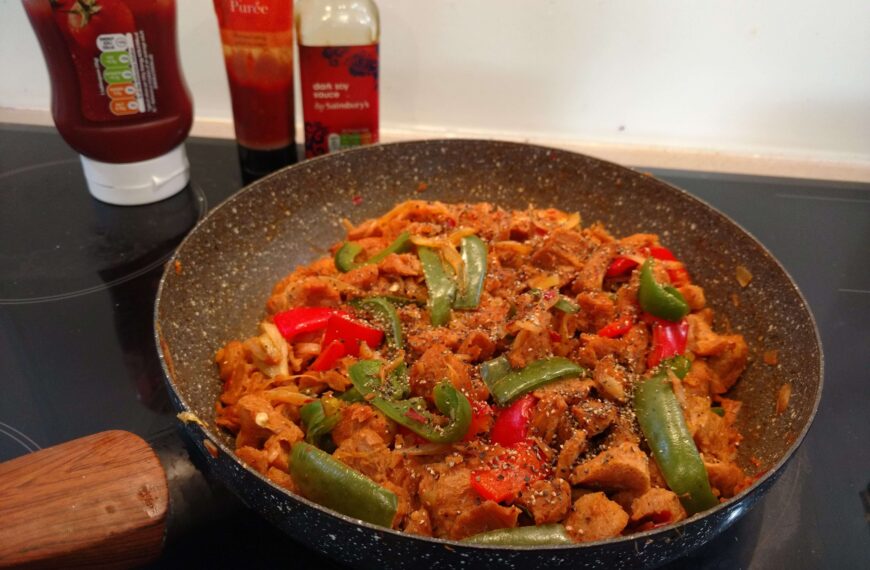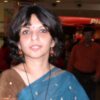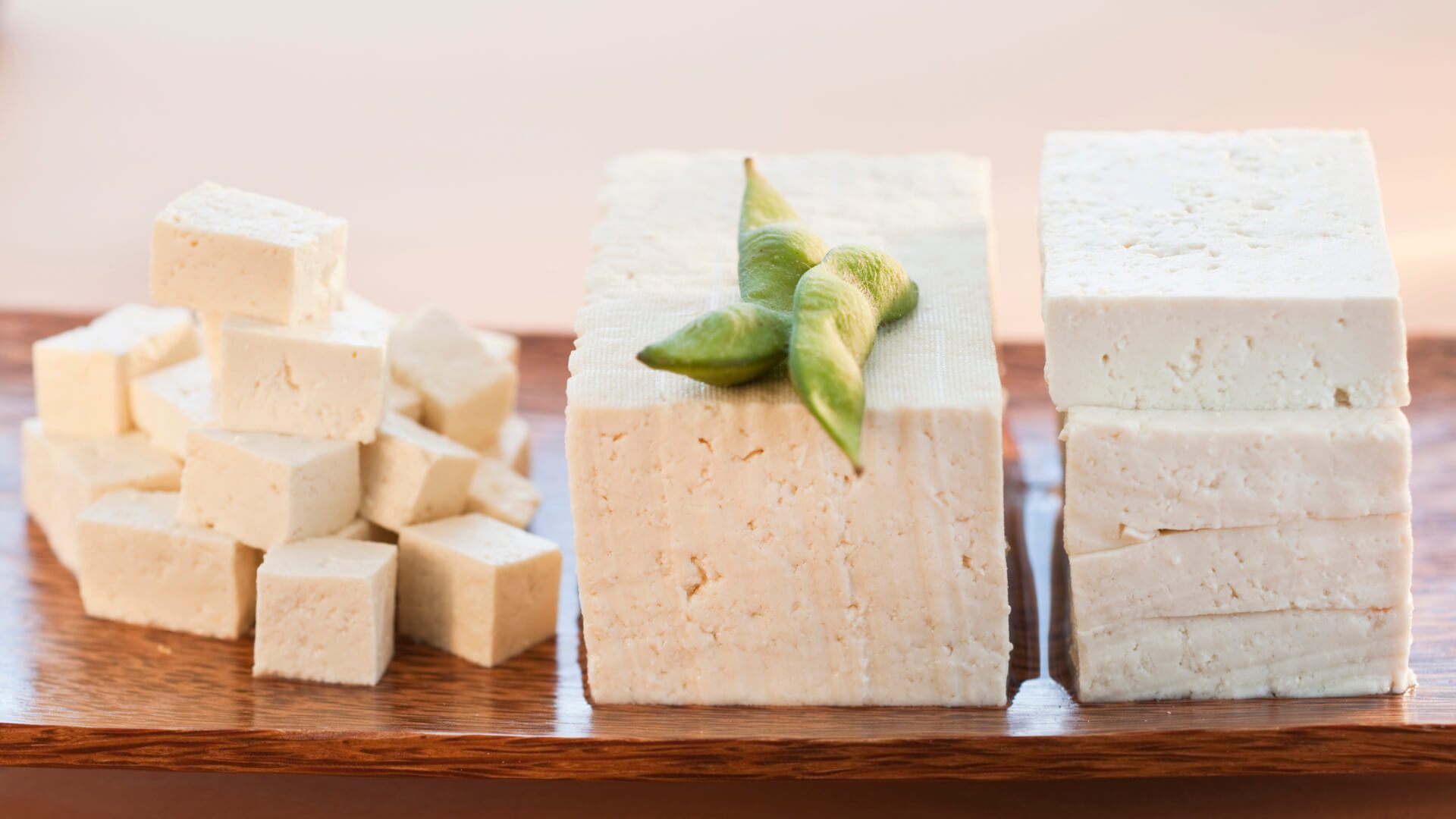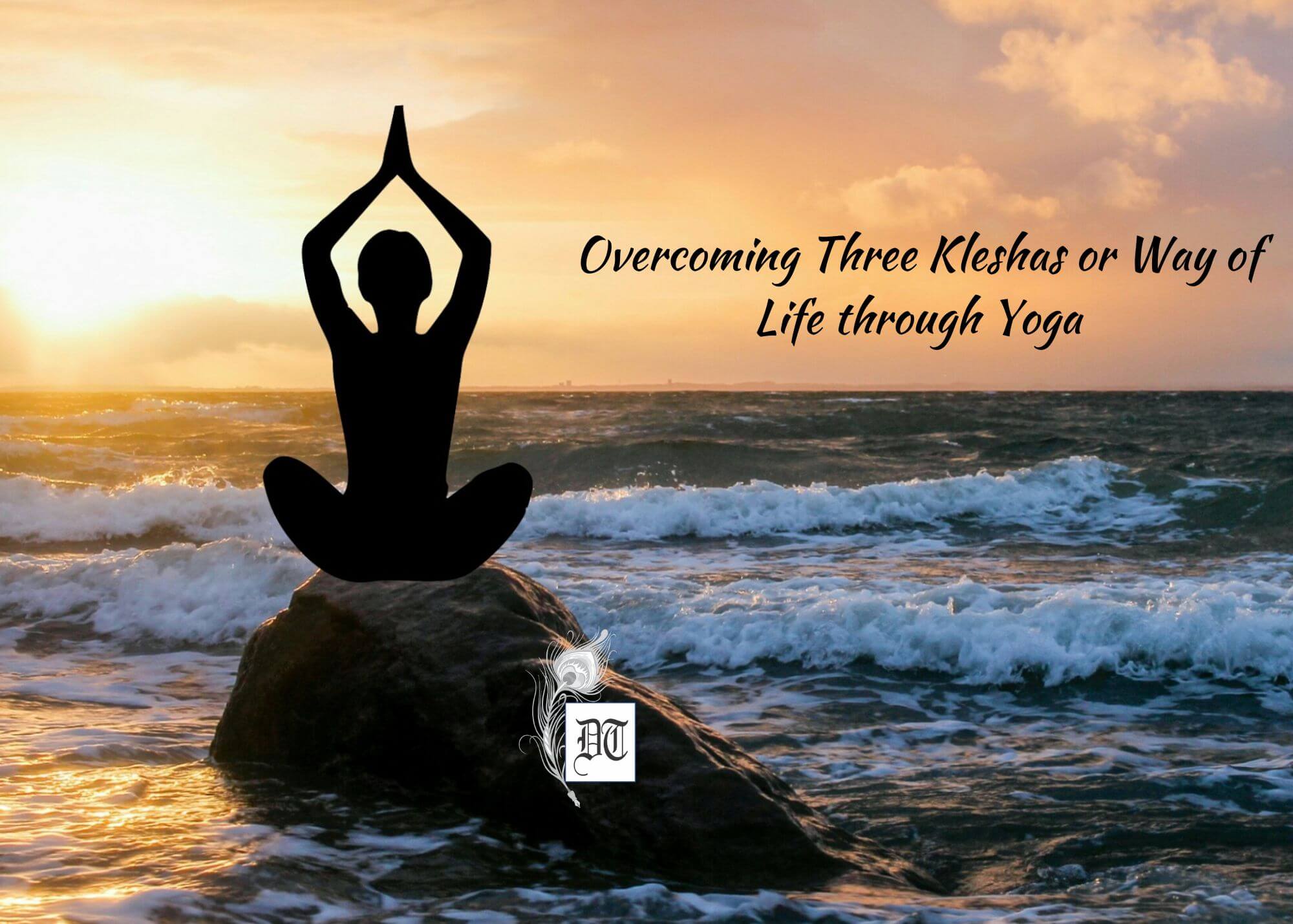Backbends is a Herculean task as it requires certain amount of agility to the body and the back, of course. However, it is full of benefits – correcting rounded shoulders being one, increasing mobility of the spine, improving posture in general and boosting the mind and relieving the stress. Navodita tells us the benefits of four asanas: Bhujanga Asana, Urdhva Mukha Svana Asana, Urdhva Dhanur Asana and Ek Pada Urdhva Dhanurasana, in the weekly column, exclusively for Different Truths.
Getting down with backbends is a Herculean task as it requires certain amount of agility to the body and the back, of course. However, it is full of benefits – correcting rounded shoulders being one, increasing mobility of the spine, improving posture in general and boosting the mind and relieving the stress. Today, we are back with a few more backbends – Bhujanga Asana, Urdhva Mukha Svanasana, and others.
Bhujanga Asana
Bhujanga means a serpent. In this posture, lie flat on the floor, face downwards, lift the body up from the trunk and throw the head back like a serpent about to strike.
Lie on the floor face downwards. Extend the legs, keeping the feet together. Keep the knees tight and the toes pointing. Rest the palms by the side of the pelvic region. Inhale, press the palms firmly on the floor and pull the trunk up. Take two breaths. Inhale, lift the body up from the trunk until the pubis is in contact with the floor and stay in this position with the weight on the legs and palms. Contract the buttocks, tighten the thighs. Maintain the pose for about twenty seconds. Exhale, bend the elbows and rest the trunk on the floor. Repeat the pose two or three times, then relax.
The posture is a panacea for an injured spine and in cases of slight displacement of spinal discs the practice of this pose replaces the discs in their original position. The spinal region is toned and the chest fully expanded.
This could be followed by the upward facing dog or Urdhva Mukha Svana Asana.
Urdhva Mukha Svanasana
Urdhva Mukha means having the face upwards. Svana means a dog. Hence this pose resembles a dog stretching itself with the head up in the air.
Lie on the floor on the stomach, face downwards. Keep the feet about one foot apart. The toes should point straight back. Place the palms on the floor by the side of the waist, the fingers pointing to the head. Inhale, raise the head and trunk, stretch the arms completely and push the head and trunk as far back as possible, without resting the knees on the floor. Keep the legs straight and tightened at the knees, but do not rest the knees on the floor. The weight of the body rests on the palms and toes only. The spine, thighs, and calves should be fully stretched, and the buttocks contracted tight. Push the chest forward, stretch the neck fully and throw the head fully as far back as possible. Stretch also the back portions of the arms. Stay in the pose for about a minute with deep breathing. Bend the elbows, release the stretch and rest on the floor.
The pose rejuvenates the spine and is specially recommended for those with a stiff back. The movement is good for persons with lumbago, sciatica and those suffering from slipped or prolapsed discs of the spine. The pose strengthens the spine and cures backaches. Due to chest expansion, the lungs gain elasticity. The blood circulates properly in the pelvic region and keeps it healthy.
Another dynamic backbend is the Urdhva Dhanur Asana, which can work wonders for a hunch back and a droopy slouchy back, too.
Urdhva Dhanur Asana
Urdhva means upwards. Dhanu means a bow. In this posture, the body is arched back and supported on the palms and soles.
Lie flat on the back on the floor. Bend and raise the elbows over the head, and place the palms under the shoulders. The distance between the palms should not be wider than the shoulders and the fingers should point towards the feet. Bend and raise the knees, then bring the feet nearer until they touch the hips. Exhale, raise the trunk and rest the crown of the head on the floor. Take two breaths, now exhale, lift the trunk and head and arch the back so that its weight is taken on the palms and the soles. Stretch the arms from the shoulders until the elbows are straightened, at the same time pulling the thigh muscles up. Remain in this position from half a minute to a minute, with normal breathing.
Ek Pada Urdhva Dhanurasana
Eka means one. Pada is a leg. After performing Urdhva Dhanurasana, exhale and raise the right leg off the floor. Stretch the right leg straight, and keep it at an angle of about forty-five degrees from the floor. Repeat the pose by lifting the left leg off the floor. Maintain the pose on this side for twenty seconds.
The asanas tone the spine by stretching it fully and keeps the body alert and supple. The back feels strong and full of life. It strengthens the arms and wrists and has a very soothing effect on the head. It gives one great vitality, energy and a feeling of lightness.
End this yoga workout with some relaxing poses like the Shava Asana or the Corpse Pose, mulling on some food for thought:
- Contentment, perfection and siddhi dawns on that person who is happy and contented with whatever has come, who does not hanker for something more.
- Be contented with what you have and you will see perfection dawning in you. If you hanker for siddhi you will not attain it. You may think you will be fulfilled and satisfied when you have siddhi but it’s the other way round.
- When you are satisfied, you will get siddhi. You may think that achievements follow siddhi, i.e. when you get fulfilled then you will achieve. Or when you achieve something, then you will be fulfilled.
- But Ashtavakra Gita says, ‘Be satisfied now’. Achievements will dawn on you. Siddhi will dawn on you.
- Be satisfied and perfection will dawn. You will become a siddha. You cannot ever achieve siddhi by your hankering, your restlessness. Be happy with what you have.
©Navodita Pande
Photos from the internet.









 By
By
 By
By

 By
By